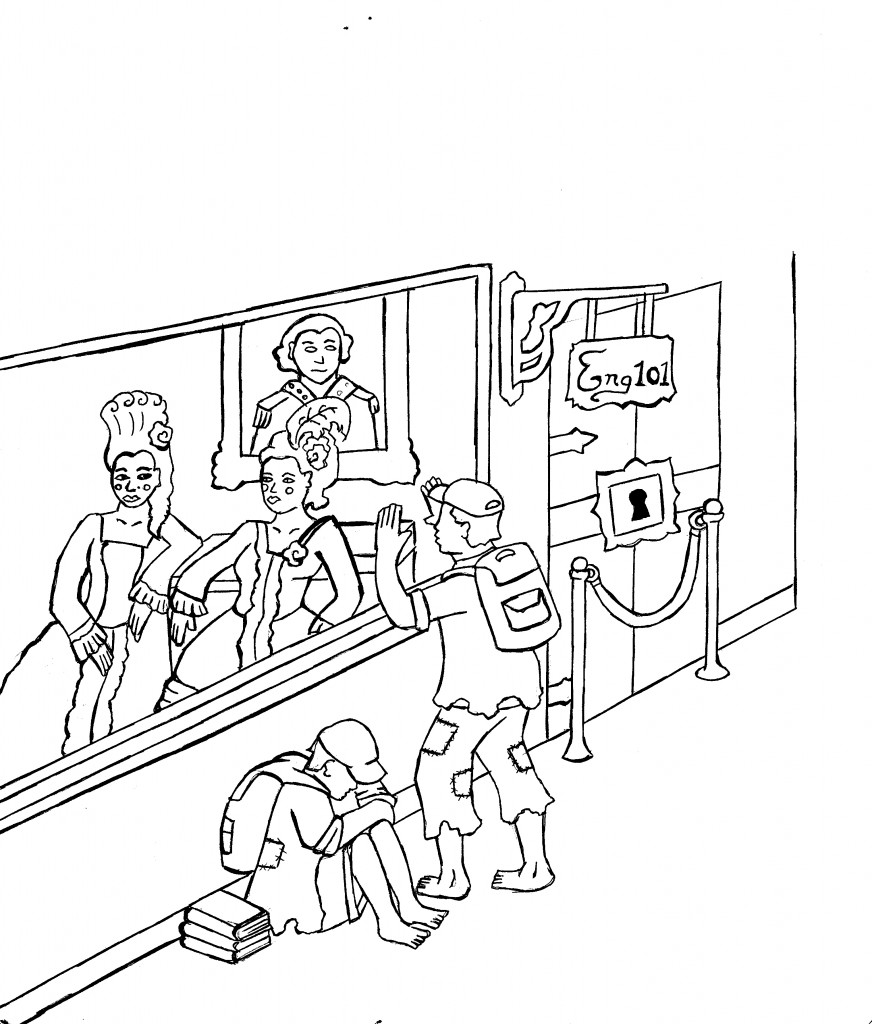
Community college students should not have to pay higher tuition in order to register for classes offered by the two-tier pricing system. This new method has been discussed by education leaders and will be applied in some colleges by the summer and fall sessions.
Assemblyman Das Williams, (D-Santa Barbara) introduced two-tier pricing in AB55 as an alternative route for community colleges to offer addition courses to the expanding student body. So far, two assembly members have signed the bill and are waiting for it to be viewed by the California Legislature.
In the past four years, community colleges have experienced huge cuts in state funding that has affect the number of courses offered to students. This has limited enrollment opportunity that is said to decrease due to unavailable classes. This has been of great concern to state leaders who are working to build a system that frees up space in community colleges.
The board of community colleges has considered the two-tier pricing bill as a way of making classes “more accessible” to students who are unable to get a seat in high-demand courses.
As this method is slowly sneaking into college systems, it is important for students to understand and prepare for the changes ahead.
The two-tier pricing method was created to accommodate overcrowding of students, and give everyone a fair opportunity to get the general education courses needed to graduate.
However, many question whether this system is really fair. The two-tier pricing system will offer guaranteed seating but will cause students to pay four times more per unit then regular tuition amount.
The students unable to secure a spot in a course that tuition fee are $46 a unit will have to prepare to pay higher tuition. Community colleges will offer another class but charge students an astounding $184 per unit, leaving students with a bill of $552 for one class.
Community college board members believe that by offering more of the same classes will free up space for lower-income students to have a spot in the regular priced courses.
So they hope that students who can afford the higher tuition fee will register in the two-tier courses. Therefore leveling the field of opportunity for everyone.
However, this is not as simple as it sounds. When it comes down to school fees, whether one can easily afford them, what student wants to pay more? If anyone has the option, we all want to save money.
Those who have priority registration and higher registration dates are safe. However, others just working to get better registration are caught with having to pay higher fees to be in the same class.
Some of these undergraduates can afford the increase of tuition for high demand classes. But students from lower and middle class families, who don’t have priority registration and don’t have the money to afford these fees, will have limited access to completing their education.
The two-tier pricing agenda in AB55 is being passed around assembly committees to be voted on and signed. As this bill has good intentions to accommodate crowds of students there needs to be practical options that will provide the space needed without creating a divide between upper class and lower-class students.


